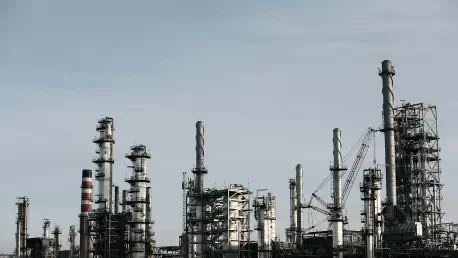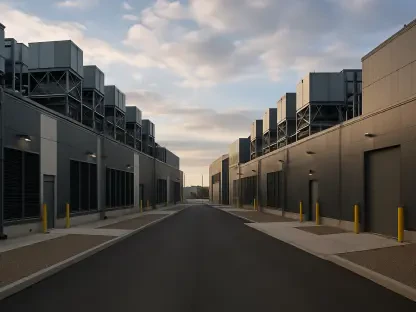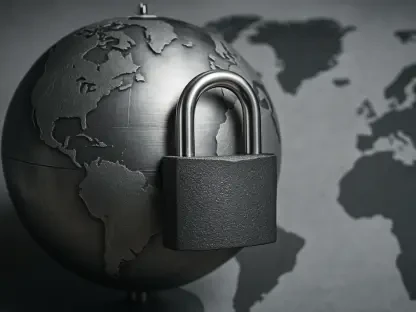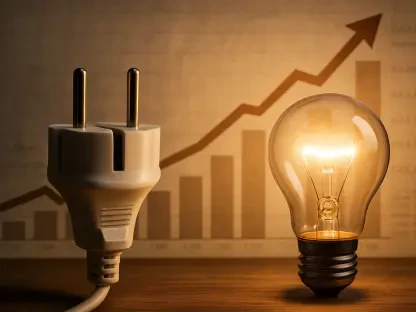In an era where renewable energy is increasingly vital, Christopher Hailstone stands out as a leading expert with deep insights into energy management, renewable energy, and electricity delivery. Given Singapore’s recent strides in renewable energy integration, Christopher shares his thoughts on the factors driving the shift, challenges faced, and future prospects for the nation’s energy landscape.
Can you explain the recent boost in the share of renewables in Singapore’s power generation mix?
Singapore has significantly increased the share of renewables in its energy mix due to a concerted effort to import more renewable energy and accelerate domestic solar power generation. This dual approach has resulted in a record high in May, marking a noteworthy shift towards cleaner energy.
What factors contributed to the rise in domestic solar generation in May?
Several factors played a role, but the key was the strategic investment in solar infrastructure and technology. This has allowed for a more rapid deployment and increased efficiency in capturing solar power, contributing to the substantial growth observed since March 2024.
How significant is the role of renewable imports in Singapore’s power mix?
Renewable imports have become a crucial component. In May, they marked the third consecutive month of growth, reaching a level not seen in over two years. This growing reliance on imports underscores Singapore’s strategic need to supplement its limited domestic renewable output.
Can you discuss the cross-border power trade initiatives that Singapore is currently involved in?
Singapore is actively participating in two major cross-border power trade initiatives: the Lao PDR–Thailand–Malaysia–Singapore Power Integration Project and the Energy Exchange Malaysia pilot. These initiatives are pivotal for regional cooperation and help reduce reliance on fossil fuels.
What are the challenges Singapore faces in increasing its renewable energy capacity?
Given Singapore’s limited land and natural resources, scaling up renewable energy domestically is a challenge. They are focusing on maximizing rooftop solar and looking to innovative solutions such as floating solar farms, but space constraints remain a significant hurdle.
How do Singapore’s renewable energy imports affect domestic fossil fuel-fired generation?
The growing volume of renewable imports is beginning to displace some of the fossil fuel-generated power. This is key for Singapore’s efforts to reduce its carbon footprint and transition to cleaner energy sources, helping to gradually decrease the dependency on gas-fired plants.
Can you provide details on the 200 MW Lao PDR–Thailand–Malaysia–Singapore (LTMS) and the 50 MW Energy Exchange Malaysia (ENEGEM) projects?
The LTMS is a collaborative effort that allows multilateral power sharing, enhancing regional energy security and sustainability. The ENEGEM pilot focuses on testing the viability of energy exchanges with Malaysia, which could pave the way for future collaborations.
What is the expected impact of the LTMS extension on Singapore’s renewable energy strategy?
The extension of the LTMS could be transformative, potentially increasing renewable import capacities. It would enable Singapore to meet more of its energy needs through clean imports, aligning with its long-term sustainability goals.
How does Singapore plan to address the limited potential for renewable energy within the country?
Singapore aims to overcome these constraints through technological advancements in solar energy, such as maximized rooftop usage and floating solar panels. Importing renewable energy also remains a core strategy to supplement domestically generated power.
Could you share insights on the current discussions and potential updates to the LTMS?
While specific details are still in negotiation, the discussions are centered on optimizing transmission efficiencies and expanding capacity. This reflects Singapore’s proactive role in ensuring the LTMS remains aligned with future energy needs.
What strategies does Singapore employ to balance reliable electricity supply with climate change goals?
Singapore’s strategy involves a sophisticated balance of importing renewables, enhancing energy efficiency, and maintaining reliable natural gas backup to ensure grid stability while striving to lower emissions and support global climate change efforts.
In what ways has Singapore’s total electricity generation evolved in the first five months of this year?
There has been a modest overall increase in electricity generation, with renewables playing an increasingly prominent role. This growth mirrors the rising demand driven by data centers and technological developments, presenting both opportunities and challenges.
How does Singapore’s renewable energy strategy compare with other Asian countries?
Singapore’s strategy is distinctive because of its heavy reliance on imports due to limited domestic resources. While other countries may focus more on internal capacity, Singapore’s regional collaboration sets a unique example of cross-border energy trade.
What developments are anticipated for Singapore’s renewable energy sector by 2035?
By 2035, Singapore aims to meet about one-third of its power needs through imports of clean energy. This ambitious plan involves scaling up infrastructure and continuing partnerships to ensure a sustainable energy future.
Can you elaborate on the role of the Singapore Energy Market Authority in facilitating renewable energy expansion in the country?
The Energy Market Authority (EMA) plays a critical role by setting regulatory frameworks, fostering innovation, and enabling cross-border deals. Their efforts are integral to achieving Singapore’s renewable targets and ensuring a stable energy supply.
What is your forecast for Singapore’s renewable energy sector?
The outlook is optimistic, with significant growth expected in both domestic and imported renewable capacity. The continuous push for regional cooperation and technological innovation will likely position Singapore as a regional leader in clean energy.









